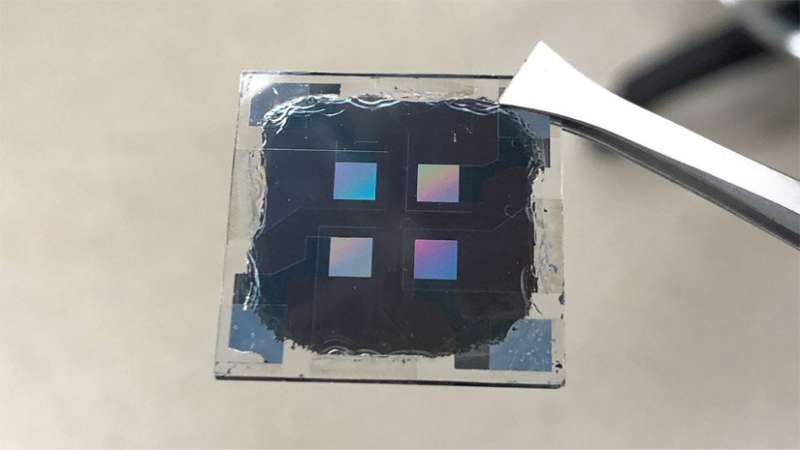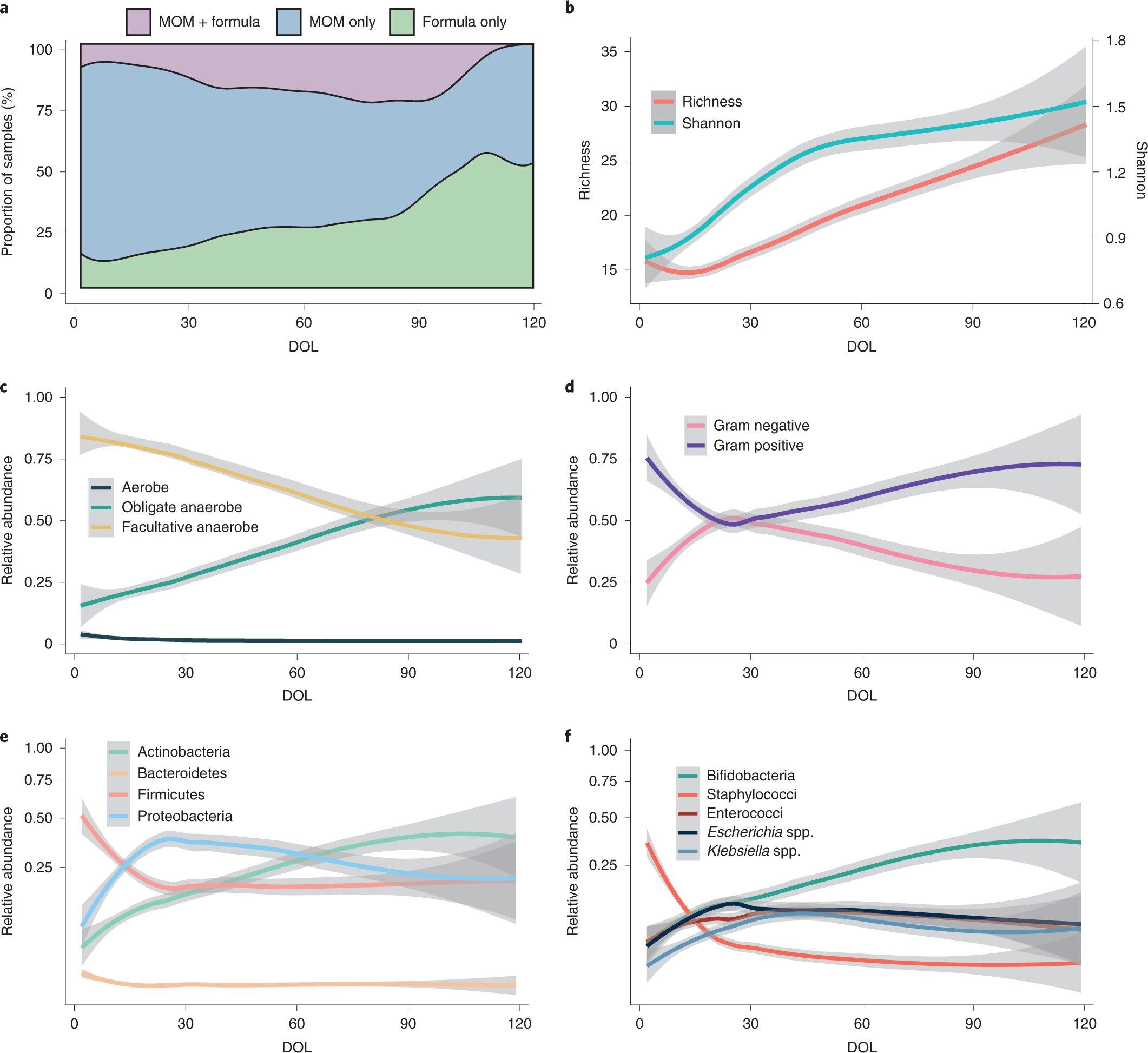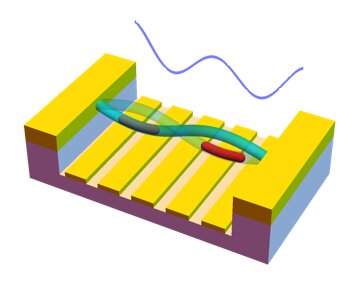#New perovskite design shows path to higher efficiency

“#New perovskite design shows path to higher efficiency”

Restructuring the way perovskite solar cells are designed can boost their efficiency and increase their deployment in buildings and beyond, according to researchers with the National Renewable Energy Laboratory (NREL).
Perovskite photovoltaic (PV) cells are made of layers of materials sandwiched together, with the top and bottom layers key to converting sunlight to electricity. The new architecture for the cells increases the area exposed to the sun by putting the metal contact layers side-by-side on the back of the cell.
“Taking the materials on top away means you are going to have a higher theoretical efficiency because your perovskite is absorbing more of the sun,” said Lance Wheeler, a NREL scientist and lead author of a new paper, “Complementary interface formation toward high-efficiency all-back-contact perovskite solar cells.”
Removing metal layers from the front surface also enables solar panels to be seamlessly integrated into building facades. The design improves aesthetics of the cell and enables manufacturing on a number of substrates that span glass to sheet metals. The architecture is “camouflage” for solar cells.
This research related to building-integrated PV could reduce a building’s energy consumption. Buildings are the largest sector of the U.S. energy economy. They use 74% of the nation’s electricity and account for 39% of total energy use and 35% of carbon emissions.
The paper, which appears in the journal Cell Reports Physical Science, was co-authored by Kevin Prince, Sean Dunfield, Glenn Teeter, Mirzo Mirzokarimov, Emily Warren, David Moore, Joseph Berry, and Colin Wolden, all from NREL; and Marco Nardone from Bowling Green State University.
“This strategy of putting both contacts on the back is one that’s pretty well established in the PV world, but it is new to perovskites,” Wheeler said.
Perovskites—which refers to a crystalline structure—as a solar cell have shown a steady climb in efficiency. The current record for a perovskite solar cell is 25.2%, accomplished with the traditional architecture.
Using the different cell architecture, the scientists were able to create a solar cell with an efficiency of about 10%. However, the architecture has a higher theoretical efficiency than the cells holding the current record for performance. Further refinements could enable the creation of a cell with an efficiency of 27%-28%, Wheeler said.
Kevin J. Prince et al. Complementary interface formation toward high-efficiency all-back-contact perovskite solar cells, Cell Reports Physical Science (2021). DOI: 10.1016/j.xcrp.2021.100363
Citation:
New perovskite design shows path to higher efficiency (2021, March 17)
retrieved 17 March 2021
from https://techxplore.com/news/2021-03-perovskite-path-higher-efficiency.html
This document is subject to copyright. Apart from any fair dealing for the purpose of private study or research, no
part may be reproduced without the written permission. The content is provided for information purposes only.
If you liked the article, do not forget to share it with your friends. Follow us on Google News too, click on the star and choose us from your favorites.
For forums sites go to Forum.BuradaBiliyorum.Com
If you want to read more Like this articles, you can visit our Science category.



